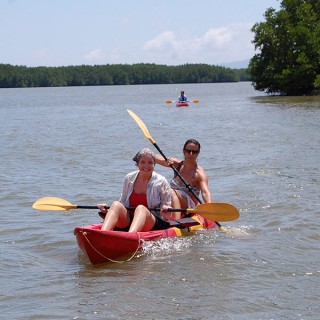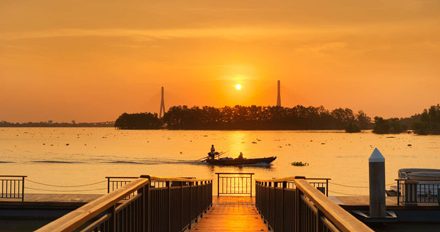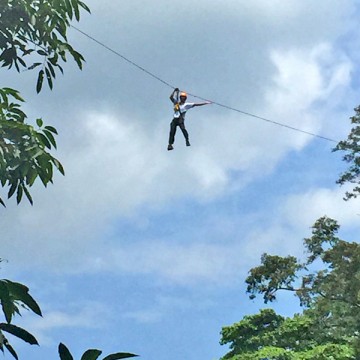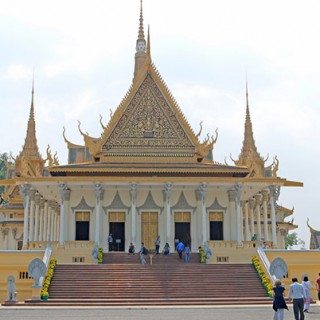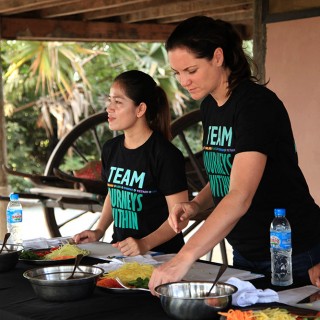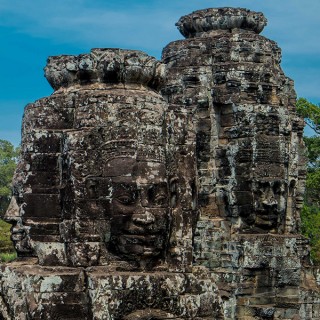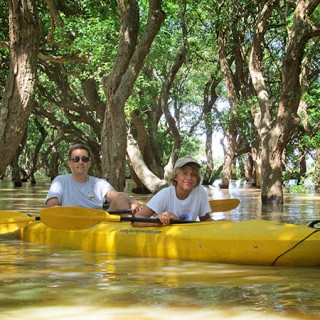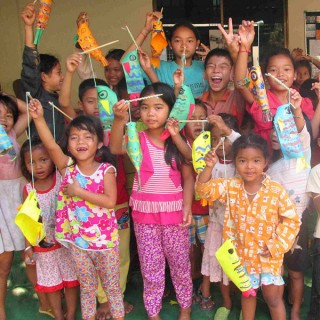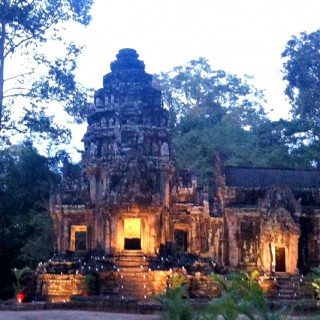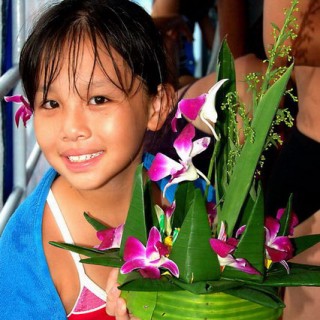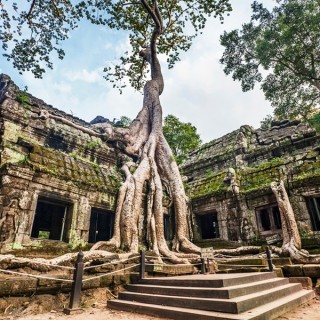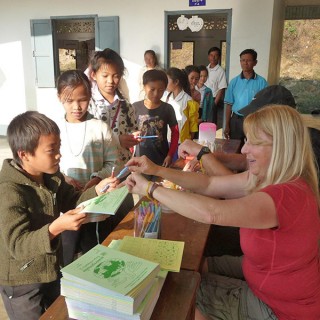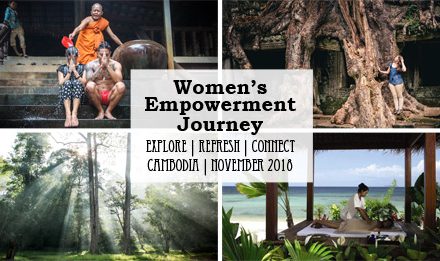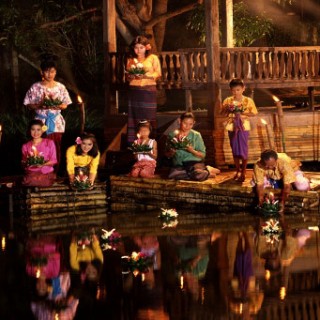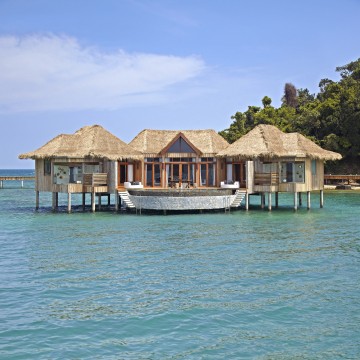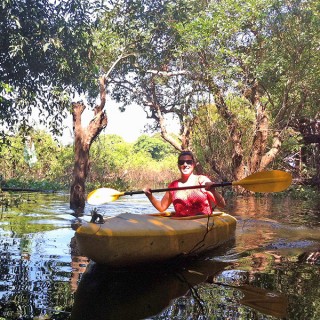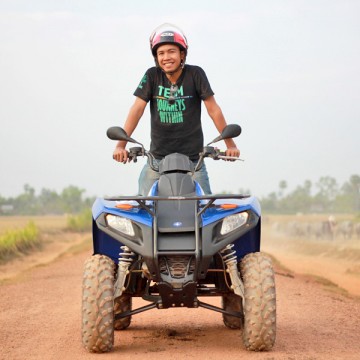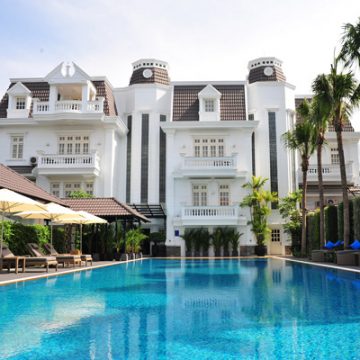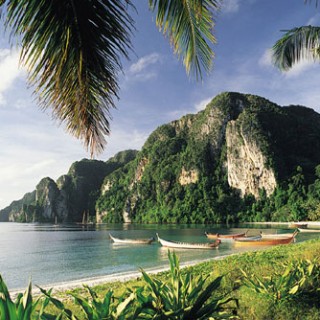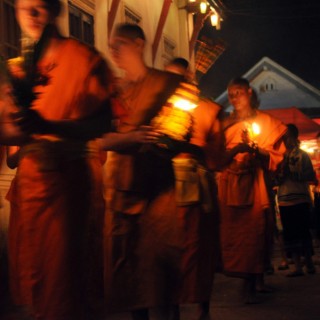
Cambodia Highlights
Angkor Wat and hundreds of other temples hidden for so many years are now becoming major tourist attractions. After the must-sees, head out to explore the more remote and hidden temples that invoke a sense of discovery. Phnom Penh, with its wide tree-lined boulevards and gleaming Royal Palace, is shedding its old reputation, but still struggles with the effects of its tumultuous past. Peace has brought with it fabulous restaurants, and luxurious unique hotels.
Rotanak Kiri and Mondul Kiri provinces in eastern Cambodia are home to some of the most remote and undisturbed hill tribes in Southeast Asia. Through our eco- and cultural-minded tours we strive to show tourists the flavor of hill tribe life without damaging or leaving a mark on it.
Stretching for 13,000 square kilometers in the wet season and only 2,500 square kilometers in the dry season due to its seasonal change of direction, the Tonle Sap Lake is a unique body of water and the lifeblood of Cambodia. Explore its flooded forests, visit local fish farms and observe the life of floating village residents. For even more peace and quiet, retreat to the Prek Toal Bird Sanctuary where you can see the multitude of birds that also depend on these waters. The Mekong River transects Cambodia from North to South. In Phnom Penh it offers stunning sunsets and river cruises.
Recent history imparts a lingering sad and important shadow on any Cambodian tour. Today Cambodia offers many memorials to the estimated two million victims of the Khmer Rouge. Though hard to bear, Tuol Sleng Prison Museum, Choeng Ek Killing Fields and the Killing Caves of Battambang offer a historic and shocking look at Cambodia’s genocide and civil war.
If you’ve ever wanted lobster for a $1, then we offer you Sihanoukville, a quiet beach town that is yet to be discovered. Surrounded by national parks and boasting private beaches, this is where life really does seem to slow down. Hop on a scooter and explore, or take a boat ride out to one of the many deserted islands.
Safety
For many years Cambodia has been closed off to the world due to wars and the Khmer Rouge Regime. Until 1998 Cambodia was a place few visitors chose to go. Now, however, Cambodia is making a miraculous recovery.
Only those who have experienced war are driven by such a strong desire for freedom and peace, and the people of Cambodia are rebuilding their country, provoking an enthusiastic response from the tourism industry.
This is not to say that there are no dangers in Cambodia. They still suffer from a serious land mine problem, and though the international community and the people of Cambodia are doing all they can, it will take years for the entire country to be cleared. However, the mines are cleared from all tourist areas, crime has dropped significantly, and the rebel groups no longer exist.
Journeys Within prides itself on safety, and works hard to make our guests feel safe and comfortable exploring Cambodia – a country which is now truly at peace.
Best Time to Visit
Cambodia can be visited year-round, but what you’ll see and how you see it will vary from season to season.
It is easiest to get around during the dry season from November to April. Roads to distant temples, which can be impassable in the wet season, are clear as long as you don’t mind a little dust.
The rainy season, from May to October, gives Cambodia a whole new coat of paint. Fields turn green, the roads turn brown and ponds spring up everywhere. The rainy season suits Cambodia and it is a great time to visit as long as you don’t want to take too many unpaved roads or mind sheltering from an afternoon downpour while visiting the temples.
The only time that you may wish to avoid Cambodia is from March to May, when it becomes extremely hot.
